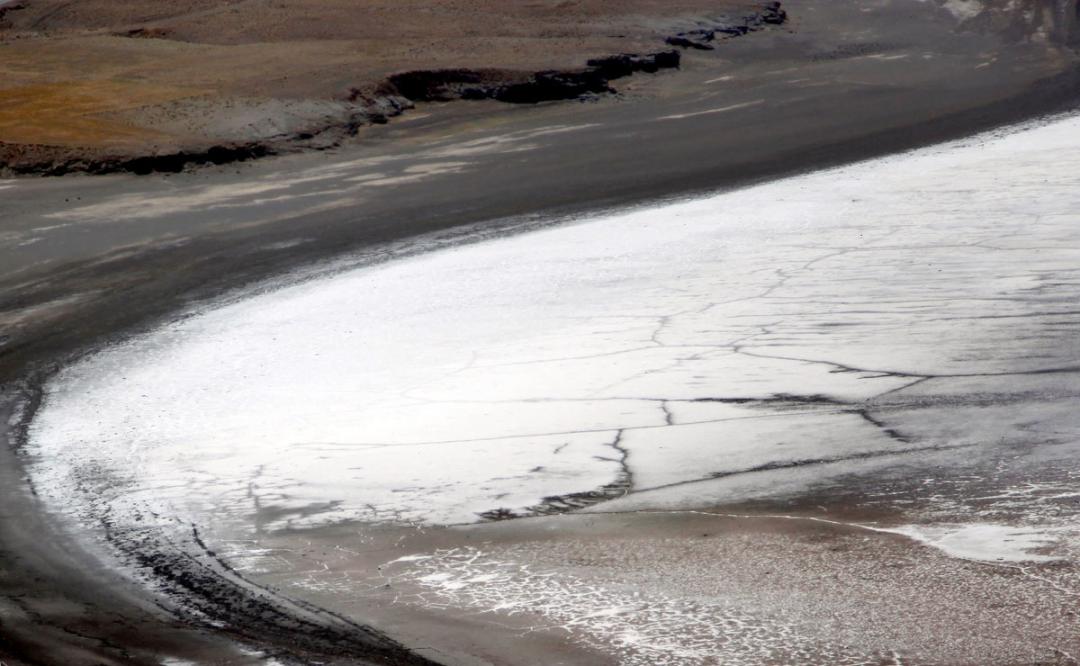The salinity of the embattled Lake Urmia in northwestern Iran means the country’s largest inland body of water will never recover its ecological diversity.
Speaking during an environmental conference in Tehran on Thursday, Marzieh Lak of the Research Institute for Earth Sciences said the accumulation of salt on the lakebed means “the lake will never restore its ecological balance.”
High salt concentration increases the rate of evaporation, “so regardless of how much water flows into the lake, it quickly evaporates.”
Nearly 5 billion tons of salt has accumulated at the bottom of the lake, which translates into about 400 grams of salt in every liter.
“We need to reduce the lake’s salinity to 250 g/L to give the lake a fighting chance,” she said.
Lak said the RIES has done extensive research on the potential causes of the lake’s dire state, including climate change and excessive water use, and said that “climate change has played a negligible role.”
Between 1997 and 2000, when the region was grappling with drought, the lake’s water level took a major hit.
“However, despite good rainfall since then, the lake’s condition has continued to deteriorate,” she said, adding that digging illegal wells around the lake caused groundwater levels to deplete, which exacerbated Lake Urmia’s condition.
Cut in Half
Twice as large as Luxembourg not long ago, Lake Urmia has shrunk substantially. According to published reports, it was sliced in half in 2008 and its surface area has dwindled to around 10% of its average size over the course of five decades.
The once-pristine lake has dried up drastically due to a variety of factors, including the construction of a 15-kilometer causeway to shorten the travel time between Urmia (in West Azarbaijan Province) and Tabriz (in East Azarbaijan), as well as construction of several dams that have choked off a major supply of water flowing from the mountains towering either side of the lake.
Shortly after taking office in 2013, President Hassan Rouhani ordered the formation of the Urmia Lake Restoration Program, led by former agriculture minister Isa Kalantari.
Among the more prominent measures taken by the ULRP to restore the lake is the opening of the Boukan Dam reservoir, as well as the merger of two regional rivers, Godar and Zarrinehroud, with Siminehroud, which was then directed toward the lake.
Furthermore, work is in progress to redistribute Zab River’s water to Lake Urmia.
The government is also contemplating purchasing 40% of the water rights of farmers around the lake in West Azarbaijan over five years, and has earmarked $60 million for the scheme.
“The establishment of the ULRP and the measures they’ve taken so far are admirable,” Lak said. “But I am of the opinion that nothing will help restore the lake’s ecological balance.”
Efforts to revive the lake are expected to pay off by 2023.


